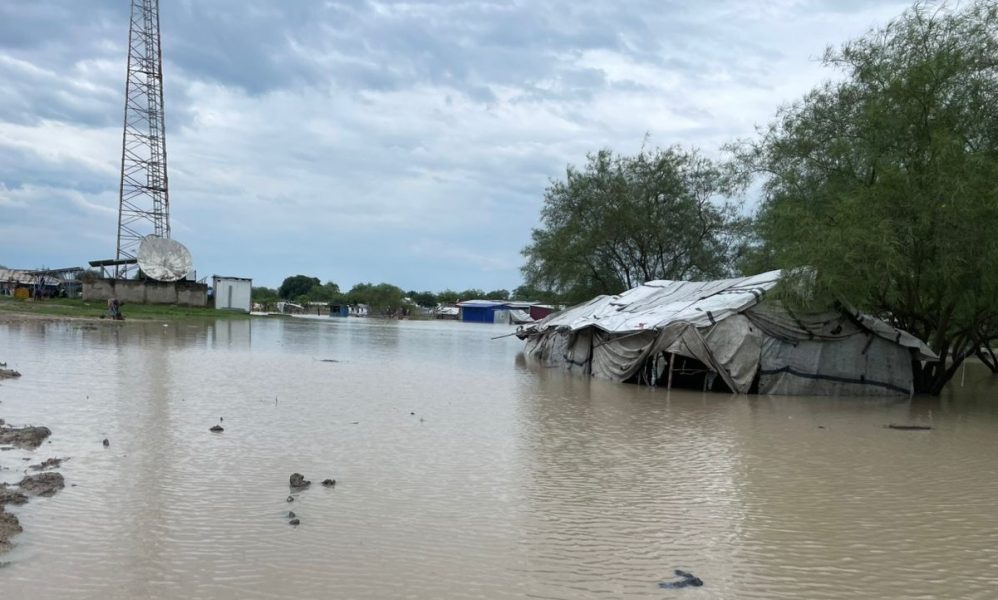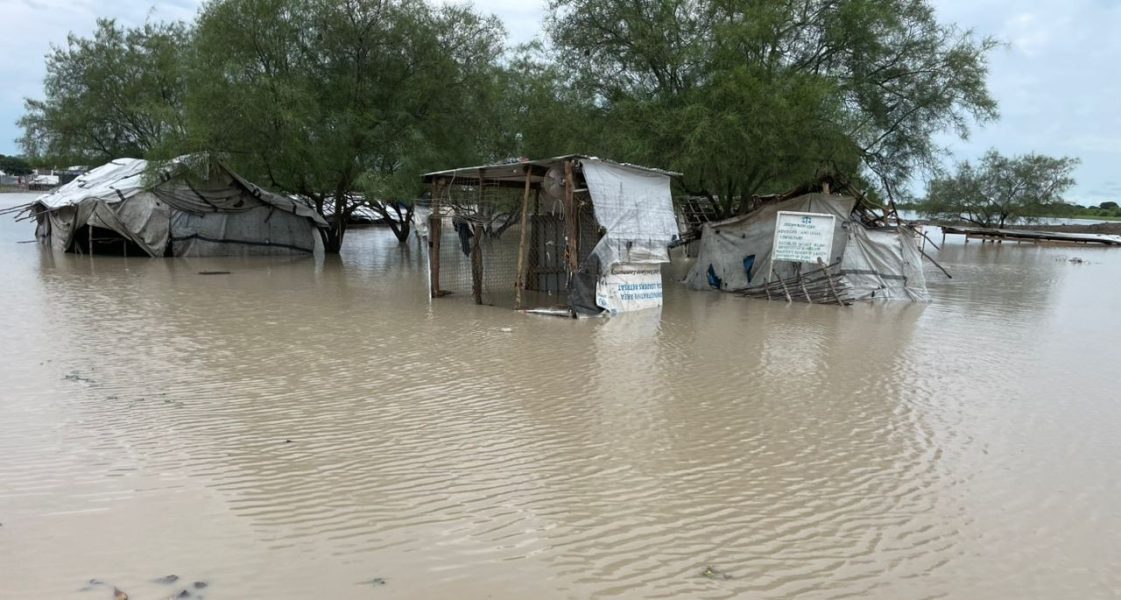
Devastating floods have left tens of thousands of people in the Greater Pibor Administrative Area on the brink of starvation, Oxfam has warned.
Torrential rains have submerged villages, destroyed homes, and wiped-out unharvested crops, affecting more than 69,500 people across Pibor, Gumuruk, Lekuangole, and Verthet.
Over 1,000 families have been displaced in Pibor town alone.
“The floods have wiped out the very lifeline of these communities. Thousands who were already struggling to survive are now at risk of starvation,” said Shabnam Baloch, Oxfam’s Country Director in South Sudan.
Oxfam cautioned that food insecurity could reach IPC Phase 5 – Catastrophe, the highest level on the global hunger scale, unless urgent action is taken.
Health facilities remain cut off, water sources contaminated, and displaced families crammed into schools, exposing them to disease outbreaks and halting education.
The aid agency is appealing for immediate support, warning that without rapid intervention, Pibor could face one of the worst food crises in years.
Flooding has become an almost annual disaster in South Sudan, with low-lying areas such as Jonglei, Unity, and Greater Pibor among the hardest hit.
In recent years, unusually heavy rains linked to climate change have worsened the situation, leaving entire communities submerged for months.
The Greater Pibor Administrative Area, home to some of the country’s most vulnerable pastoralist and farming communities, has long struggled with food insecurity, conflict, and weak infrastructure.
Humanitarian agencies say this latest flooding could erase fragile gains made after previous crises.
According to the Integrated Food Security Phase Classification (IPC), more than half of South Sudan’s population already faces acute food insecurity, with millions reliant on humanitarian aid.
Aid workers warn that the destruction of crops in Pibor will leave families without food supplies until the next harvest in August 2026, creating a devastating year-long gap.
Oxfam and other agencies have repeatedly called for long-term investments in flood resilience, including dykes, drainage systems, and sustainable farming practices, to prevent communities from sliding deeper into hunger every rainy season.


